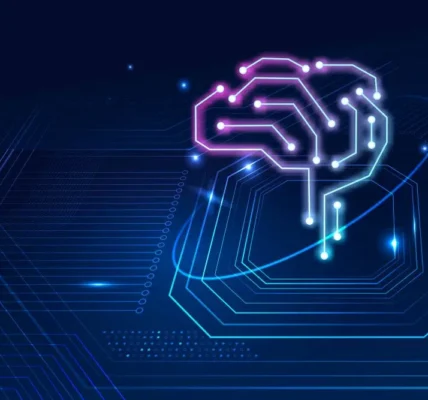Revolutionizing Justice: How AI is Strengthening the Chain of Custody in Digital Forensics
In today’s digital age, evidence no longer resides solely in physical forms like fingerprints or paper trails. Instead, it often exists in the form of emails, smartphone data, surveillance footage, social media posts, and hard drive files. This shift has revolutionised the field of digital forensics, requiring not just technical expertise but also unwavering integrity in how evidence is handled. One critical component in this process is the When Data Backups fail, which is the chronological documentation that tracks the collection, preservation, transfer, and analysis of evidence. Now, Artificial Intelligence (AI) is reshaping how this chain is maintained, making it more secure, reliable, and admissible in court.
The Chain of Custody: A Legal Lifeline
In any investigation, especially those that may lead to courtroom trials, the chain of custody ensures that digital evidence remains untampered, authentic, and admissible. If there are gaps or inconsistencies in this chain, even the most incriminating digital evidence can be rendered useless. Traditional manual processes, however, are time-consuming, prone to errors, and vulnerable to human oversight or manipulation.
Enter AI: The Digital Guardian
AI brings a transformative edge to digital forensics by automating, auditing, and enhancing the chain of custody. Here’s how:
- Automated Tracking and Documentation
AI-powered systems can automatically log every interaction with digital evidence, from acquisition to storage and analysis. This real-time, immutable log not only reduces human error but also creates a tamper-proof audit trail. Investigators can rely on AI to generate comprehensive and consistent documentation that meets strict legal standards.
- Blockchain Integration
When combined with blockchain technology, AI ensures that every transaction in the evidence chain is cryptographically secured and time-stamped. This creates a decentralised, unalterable ledger, making it virtually impossible to dispute the integrity of the evidence in court.
- Intelligent Risk Detection
AI can proactively monitor for suspicious activity or deviations in standard procedures. If an unauthorised person accesses the evidence or if metadata anomalies are detected, the system can instantly raise alerts. This proactive oversight enhances both security and accountability.
- Evidence Integrity Verification
Using AI algorithms, forensic tools can automatically validate file hashes and metadata, ensuring that no changes have occurred. This is crucial when digital evidence is transferred between departments or jurisdictions.
- Chain of Custody Visualisation
AI-driven dashboards can provide investigators, lawyers, and judges with a clear visual representation of the evidence trail, increasing transparency and understanding for non-technical stakeholders.
Real-World Impact
In law enforcement, government agencies, and corporate investigations, AI tools are already being deployed to streamline case management, accelerate investigations, and ensure evidence withstands courtroom scrutiny. Companies like Magnet Forensics, Cellebrite, and Exterro are integrating AI into their platforms to enhance the integrity of the chain of custody.
Moreover, as cybercrime, financial fraud, and data breaches become more sophisticated, courts are placing even higher demands on digital evidence protocols. AI helps meet these demands with speed, precision, and resilience.
Challenges and Ethical Considerations
While AI strengthens the digital chain of custody, it also introduces new questions. Who audits the AI? How do we ensure algorithmic transparency and fairness? Legal and forensic professionals must work collaboratively with technologists to establish standards, ensure algorithmic accountability, and protect civil liberties.
The Future: AI as a Trusted Custodian
The fusion of AI with digital forensics is not just an evolution—it’s a revolution. By bolstering the chain of custody, AI is safeguarding the foundation of justice in an increasingly digital world. As we move forward, we expect to see AI systems take on an even more critical role in ensuring that digital evidence is accurate, secure, and legally defensible, transforming justice from the ground up.
Conclusion
In the courtroom, the truth must be provable. Thanks to AI, digital forensics is now equipped with the tools to not only uncover the truth but to preserve it with unshakeable integrity. As technology continues to advance, so too will our ability to ensure justice is served fairly, accurately, and without compromise.




